Original title: The Afghan Taliban captures 12 provincial capitals and the Afghan people: the arrival of the US army is the beginning of the nightmare Source: CCTV News Client
In another two cities, the Taliban captured 12 provincial capitals
Late at night on the 12th local time, early this morning Beijing time, the Afghan Taliban announced that they had captured two more capital cities in Afghanistan. So far, the Taliban have occupied the capitals of 12 of the 34 provinces in Afghanistan.
Afghan Taliban spokesman Mujahid announced that the Taliban had captured Herat, the capital of Herat Province, and Nauburg, the capital of Badghis Province.
Taliban captures Herat, the third largest city in Afghanistan
Among them, the fall of Herat City has dealt a heavy blow to the Afghan government. Herat Province is the largest province in western Afghanistan. The capital city of Herat is the third largest city in Afghanistan. Prior to this, the Taliban had controlled almost all areas of Herat Province and had besieged Herat City for many days.
The Herat warlord Ismail Khan, who previously pledged allegiance to Afghan President Ghani, criticized the low morale of the government troops in Herat in a recent media interview. He said, “We recognize that the government forces are not fighting. , And did not take any action to repel the Taliban, so we can only ask the people to organize resistance.”
The Taliban’s occupation of Herat may cause a sudden change in the situation in Afghanistan
Some analysts pointed out that the Taliban’s capture of Herat, the third largest city in Afghanistan, is of great strategic significance to the organization and may cause sudden changes in the current situation in Afghanistan.
Analysts pointed out that Herat is one of the three important strongholds under the siege of the Taliban. The other two are Kandahar, the capital of Kandahar Province, and Rashkar Gah, the capital of Helmand Province. Among them, Kandahar is the second largest city in Afghanistan, and used to be the “base camp” of the Taliban, while Rashkar Gah was the main station of the US and British forces.
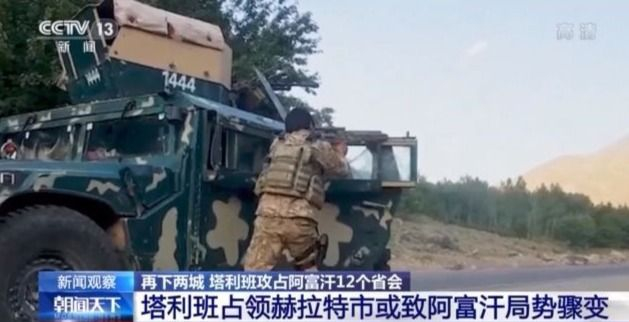
If all these three important strongholds are lost, the Afghan government may be over, and the Taliban will definitely attack the capital Kabul in the next step. A forecast from the US intelligence agency on the 11th local time stated that the Taliban “may begin to besiege Kabul within 30 days and may take Kabul within 90 days.”
From this point of view, the current situation in Afghanistan is on the eve of a turning point. The key is whether this “turning point” shifts to peace talks or to full-scale civil war.
Within a week, the Taliban captured 12 provincial capitals in Afghanistan
Since the U.S. troops began to withdraw irresponsibly from Afghanistan on May 1, the Taliban have stepped up their offensives, conquering cities all the way, and in the most recent week, they have successively won 12 provincial capitals. Let’s review it with a short video.
On August 6, the Taliban announced the capture of Zaranj, the capital of Nimruz Province in southwestern Afghanistan. This was the first capital city the Taliban had captured since the US military began to withdraw from Afghanistan.
On August 7, the Taliban captured Shibergan, the capital of the northern Juzcan Province.
Subsequently, the Taliban stepped up their offensive and captured the capitals of three provinces in one day. On August 8, the Taliban successively captured Kunduz City, the capital of the northern Kunduz Province, Sarpur City, the capital of Sarpli Province, and Talukan City, the capital of Tahar Province.
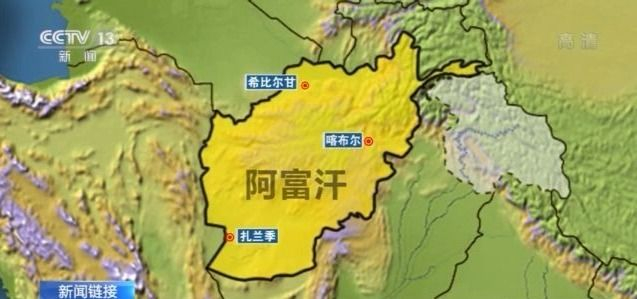
A day later, on August 9, the Taliban captured Ibak, the capital of the northern Samangan Province, which was also the sixth capital city captured by the Taliban.
On August 10, the Afghan government forces withdrew from the city of Farah, the capital of the western Farah Province, and the Taliban announced that they had completely occupied the city.
Only one day later, on August 11, the Taliban went down to two more cities, capturing Pulhumli, the capital of Baghlan Province in the north, and Faizabad, the capital of Badakhshan Province, respectively.
On the 12th, the Taliban first captured the city of Ghazni, the capital of the eastern Ghazni Province, which is only about 150 kilometers away from the capital Kabul.
After that, the Taliban announced that they had won the city of Herat, the capital of Herat Province, and Nauburg, the capital of Badghis Province. So far, within one week, the Taliban have captured the capital cities of 12 of the 34 provinces in Afghanistan.
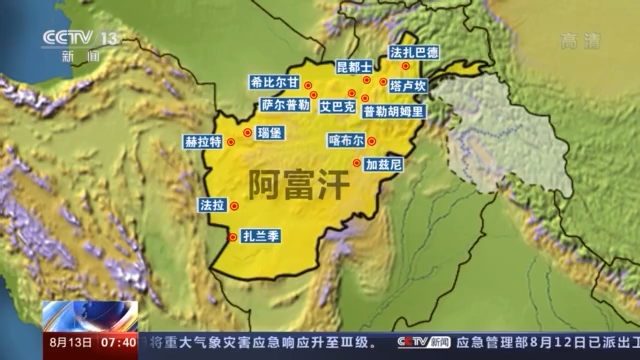
Afghan people: the arrival of US troops is the beginning of a nightmare
The US military has conducted so-called “anti-terrorism” operations in Afghanistan for 20 years. After the withdrawal, it left a huge “security hole” that is difficult to fill. The Afghan people believe that the arrival of the US military is the beginning of their nightmare.
Local residents:When the Americans came with their troops, we thought we were saved.What we think is that all this misfortune will end, but now we think that is the beginning of our misfortune.
Over the years, the civilian casualties caused by the US military in Afghanistan, especially the large number of civilian deaths caused by U.S. drone bombing and fighter air strikes, are shocking.
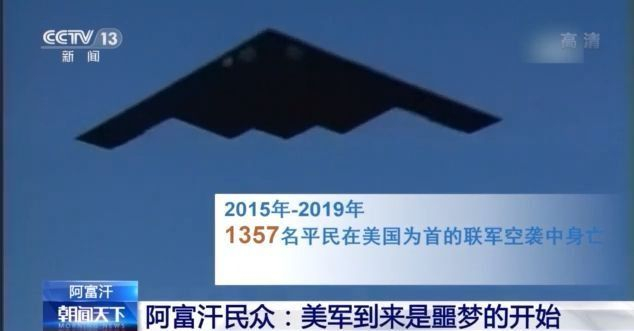
According to data from the United Nations Assistance Mission in Afghanistan, from 2015 to 2019, 1,357 civilians were killed in a coalition air strike led by the United States. Among them, about 700 civilians were killed in 2019, the highest number of civilians killed since 2002. One year. Although the United States began to withdraw its troops in May, the U.S. military has still not stopped conducting air strikes through drones and warplanes.
Local villagers: These people (killed by the bombing) worked in the fields. They made very little money. Can the Americans not see these people working? Why attack civilians?
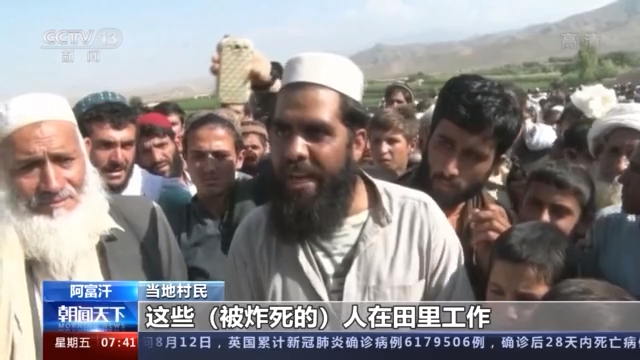
The war in the past 20 years has claimed the lives of nearly 50,000 Afghan civilians and nearly 70,000 Afghan soldiers. 2.7 million Afghans have fled overseas, 4 million Afghans have been displaced, and the total population of Afghanistan is only 36 million.
Children born in refugee camps in Afghanistan have been born as refugee children. For them, as long as they can eat a full stomach is the greatest happiness. The words “school” and “reading” are simply out of reach.
Homeless children:Can you give me some money?
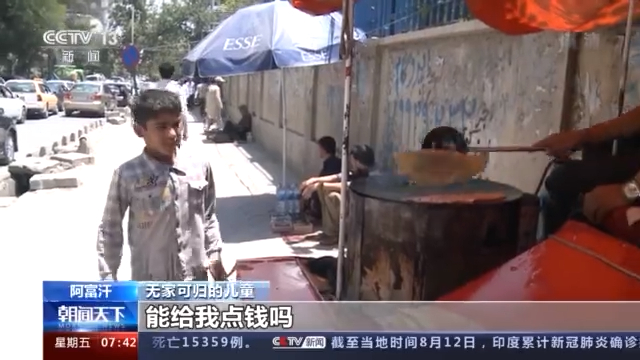
Afghan Vendor:I have no money, I only have bread, take one and go.
Some children have to take up the burden of life. Affected by long-term wars and poverty, Afghanistan is one of the countries with the most serious child labor in the world.
Child labor in brick factory:Before that, I was studying in school, and then I came here to work.

Reporter: How many years did you study in school?
Child labor in brick factory:Three years.
reporter:Do you want to go back to school and continue studying?
Child labor in brick factory:Yes, I want to go back to school and continue studying.
Many Afghan people pointed out that at the beginning the US military claimed that it was coming to fight terrorism, but in the past 20 years, the arrival of the US military in Afghanistan is the beginning of the local people’s nightmare.
British scholars: “American democracy” is not a cure for the world
British political and international relations analyst Tom Foday wrote an article on the 12th that the current situation in Afghanistan clearly shows the great failure of the United States to force the export of so-called “American democracy.”
The article pointed out that for many years, the United States has used weapons and dollars to violently export so-called “American democracy” under the guise of “democracy and human rights” and disregarded the social realities of other countries for its own interests. Facts have proved that “American democracy” is only a tool used by the United States to gloss over its “hegemonism” throughout the world, and it is by no means a cure for the world.
(Edited by Yoon Hye Sin)
